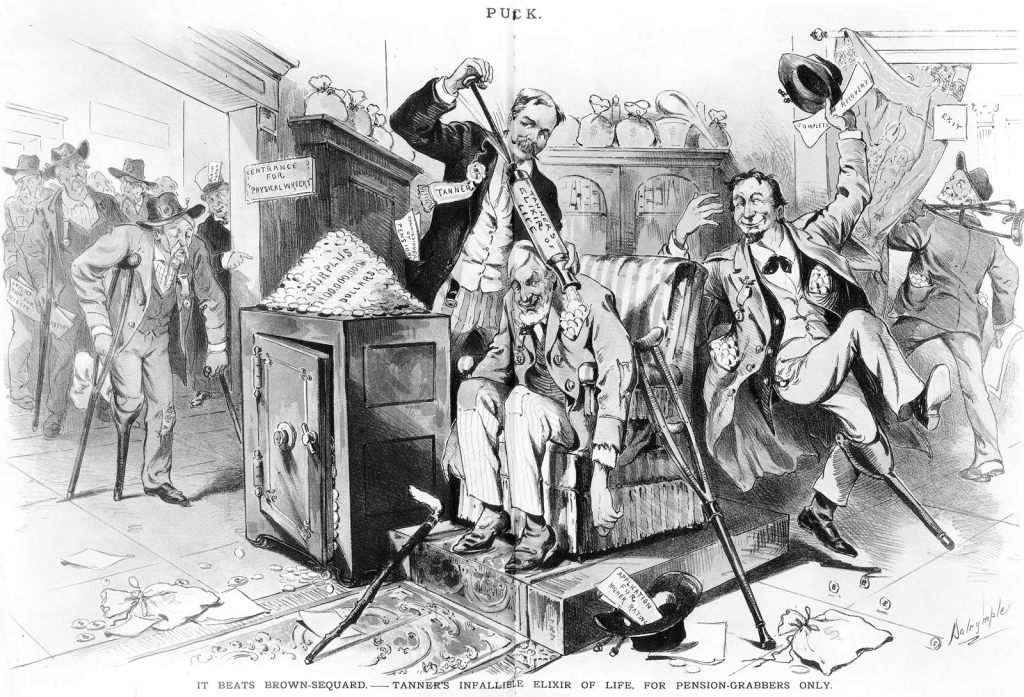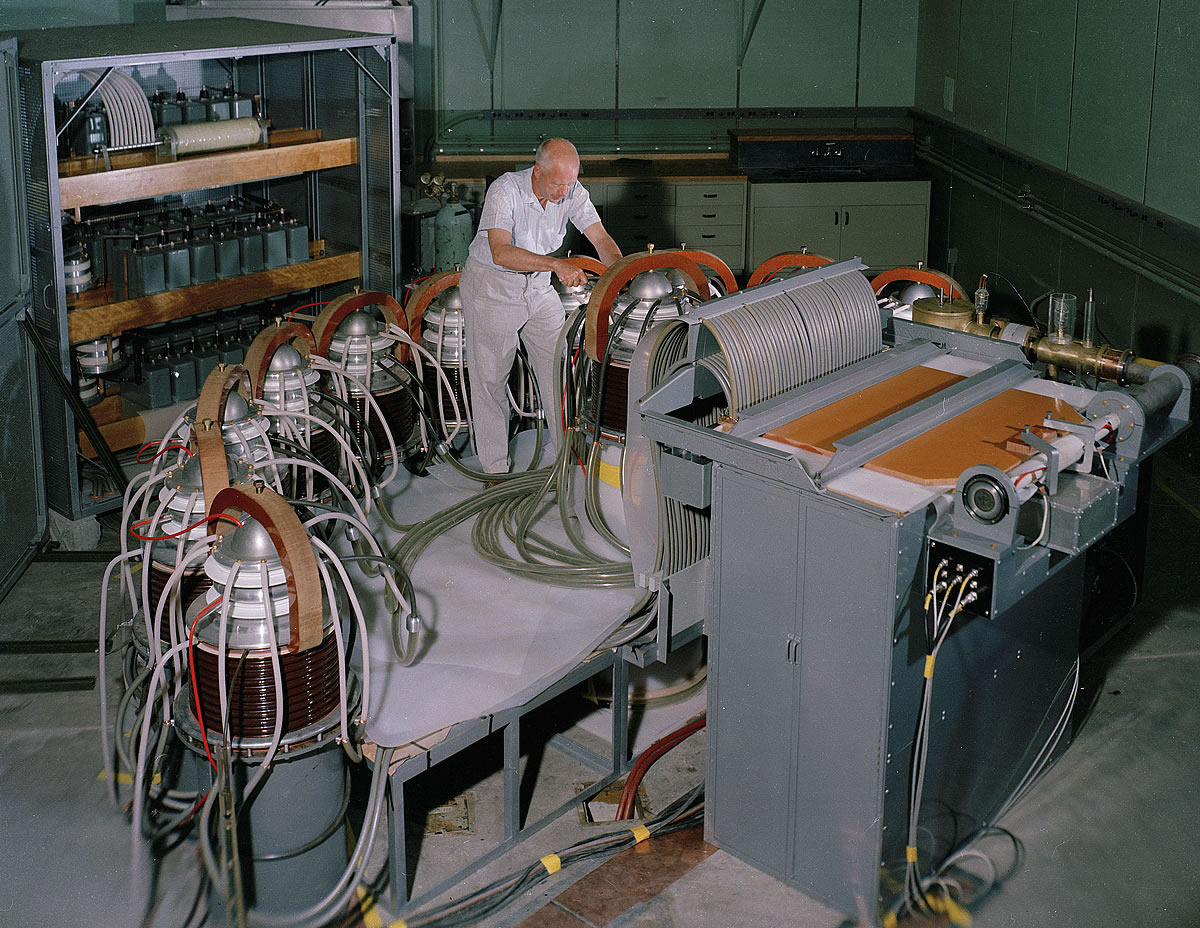In 19th-century America, few policy tools were as powerful—or as divisive—as tariffs. Long before income taxes became the government’s primary funding source, tariffs were at the heart of the country’s financial and industrial strategies. But these import duties didn’t just fund the federal government; they shaped the course of American economic growth, influenced political alignments, and exposed deep rifts between regions. In this article, we take a deep dive into the political and economic battlegrounds of 19th-century tariffs battles, examining how legislation like the Tariff of 1828 and McKinley’s 1890 law affected the nation’s trajectory and what lessons we can apply to today’s globalized economy.
Tariffs like the Tariff of Abominations (1828) and the McKinley Tariff (1890) were intended to protect emerging U.S. industries from European competition. They succeeded in creating a manufacturing backbone in the North but triggered widespread economic distress in the South and West. These tariff policies helped set the stage for broader debates on federal authority, states’ rights, and the role of government in shaping the economy—discussions that still echo in today’s trade disputes.
The Tariffs Battles of Abominations (1828): Protectionism Sparks Rebellion

The Tariff of 1828 was officially titled “An Act in alteration of the several acts imposing duties on imports.” But Southerners derided it as the “Tariff of Abominations.”
The tariff raised duties to as high as 45% on some manufactured goods, especially textiles and iron. It was designed to protect Northern manufacturers from the influx of cheaper British goods post-War of 1812. But while it benefited the industrial North, the agrarian South was hit hard.
Southern states, particularly South Carolina, relied heavily on imports and feared retaliatory tariffs on cotton exports. The high duties made European goods more expensive, leading to higher prices for Southern consumers and less demand for their agricultural products abroad.
Nullification Crisis
This discontent culminated in the Nullification Crisis of 1832, when South Carolina declared the tariff null and void and threatened secession. President Andrew Jackson responded with the Force Bill, authorizing the use of military action to enforce federal law. A compromise was reached in 1833, gradually lowering tariff rates, but the episode signaled deepening divisions between North and South.
The McKinley Tariff (1890): High Stakes in a Gilded Age

By the late 19th century, industrialization had transformed the U.S. economy. Protectionist sentiment returned in full force under Congressman William McKinley, who believed tariffs were crucial for maintaining American industrial dominance.
The McKinley Tariff raised the average duty on imports to nearly 49.5%, one of the highest rates in U.S. history. It imposed steep tariffs on agricultural products, textiles, tin plates, and more.
Economic Effects
- The tariff temporarily boosted domestic production of items like tin and wool.
- However, it also raised consumer prices, hurting farmers and working-class citizens.
- The cost of basic household goods increased by 15%–20% within months of implementation.
Political Backlash
The tariff proved politically disastrous for Republicans. In the 1890 midterm elections, they lost over 80 seats in the House, and McKinley lost his own seat (though he rebounded by becoming president in 1896). Farmers and rural voters, particularly in the Midwest and South, viewed the tariff as favoring big business at their expense.
Comparing the Two Tariffs Battles
| Tariff | Year | Avg. Duty Rate | Beneficiaries | Economic Impact | Political Fallout |
|---|---|---|---|---|---|
| Tariff of Abominations | 1828 | Up to 45% | Northern manufacturers | Hurt Southern consumers, sparked Nullification Crisis | Deepened North-South division |
| McKinley Tariff | 1890 | 49.5% | Industrial magnates | Raised prices, depressed agricultural exports | Major losses for GOP, rise of Populism |
Both tariffs highlight a persistent trend in U.S. history: trade policy often favors certain regions and industries at the expense of others, leading to political realignments.
Agricultural vs. Industrial America
One of the starkest divides exposed by these tariffs was between industrial and agricultural interests. While tariffs made sense for nascent U.S. industries looking to compete with Europe, they punished agricultural regions that depended on both exports and imported goods.
Agricultural Impact:
- Southern and Western farmers paid more for equipment and household goods.
- Export competitiveness declined due to retaliatory foreign tariffs.
- Debt burdens grew among small farmers, contributing to movements like the Grange and Populist Party.
Industrial Impact:
- Northern factories thrived with reduced foreign competition.
- Investments in railroads, steel, and machinery surged.
- Workers initially benefited from increased production but eventually faced inflation.
Regional and Political Fallout
Tariffs reinforced geographic divisions:
- North: Pro-tariff, Republican, industrial.
- South: Anti-tariff, Democrat, agricultural.
- West: Initially pro-development, later swayed by rising costs and Populist messaging.
These divides played a role in the realignment of American politics, contributing to the Civil War and shaping debates around federal versus state power.
Lessons for Modern Policymakers
Although the world has changed dramatically since the 19th century, some key lessons remain:
- Tariffs are rarely neutral—they create winners and losers.
- Long-term growth requires balanced trade policy that doesn’t disproportionately burden one sector.
- Political fallout from perceived unfairness can reshape national politics.
Today, as leaders revisit tariff strategies—especially in the context of U.S.–China relations, reshoring efforts, and trade disputes with the EU—the 19th-century battles offer vital context.
Conclusion
The tariffs battles of the 19th century were more than economic squabbles—they were defining chapters in America’s journey toward becoming a modern industrial state. Policies like the Tariff of Abominations and the McKinley Tariff not only altered trade dynamics but also reshaped the nation’s politics, economy, and regional relationships.
These historical events remind us that tariffs are powerful tools, capable of building industry and destroying consensus in equal measure. The same economic logic that protected steel and textiles once divided a nation. Today’s policymakers, business leaders, and trade negotiators should heed these lessons.
Mattias Knutsson, a Strategic Leader in Global Procurement and Business Development, reflects on this legacy: “History shows that protectionism is most successful when paired with innovation and collaboration. Tariffs can stimulate industry, but without inclusive planning, they risk repeating old mistakes—widening divides instead of building bridges.”
As we navigate a new era of global trade friction, the echoes of 19th-century tariff battles still resonate—urging us to think strategically, inclusively, and historically about the policies we shape.
Trumps Tariffs Trade War Series:
Historical Background
- From Protection to Prosperity: The Role of Tariffs in Financing Early America
- The Tariff Battles of the 19th Century: Industrial Growth and Political Divide
- How Tariffs Built Railroads, Factories, and the American Dream (1800–1912)
Background to Today’s Tariffs
- From Smoot-Hawley to the WTO: A Century of Trade Policy Shifts
- The Rise of Free Trade and the Decline of Tariffs: 1945 to 2000
- The Tariff Comeback: Why Tariffs Returned as a Political Weapon in the 21st Century
Trump Tariffs Deep Dive: Trade Wars with the EU, China, and Beyond
- Trump’s Tariff Strategy: National Security or Economic Gamble?
- EU Under Pressure: Wine, Steel, and the Automotive Tariff Threat
- The U.S.-China Trade War Timeline: From Tariff Waves to Tech Decoupling
- Collateral Damage: How Trump Tariffs Affected Mexico, Canada, India, and Japan
Country-by-Country Response Monitoring: Reactions to Trump’s 2025 Tariff Hike
- China Strikes Back: Export Controls, Rare Earths, and Consumer Tech Retaliation
- European Union’s Balancing Act: Strategic Patience or Trade Fight Ahead?
- Japan and South Korea: Strategic Allies or Silent Rivals in Tariff Diplomacy?
- ASEAN & India: Winners or Losers in the Tariff Shuffle?
- South America’s Role in a Polarized Trade World
Ongoing Monitoring and News Reaction: Tracking Trump’s Tariffs in Real-Time
- Week-by-Week: The Global Market Reaction to Trump’s 2025 Tariff Policy
- U.S. Companies Caught in the Crossfire: How Businesses Are Adjusting to Tariff Shocks
- From Retail to Rare Earths: Key Sectors Most Affected by New Tariffs
- Trade Talks Tracker: Are New Negotiations a Signal of Resolution or More Chaos?
- Inside the Beltway: How Congress, Lobbyists, and Think Tanks are Shaping the Tariff Narrative





